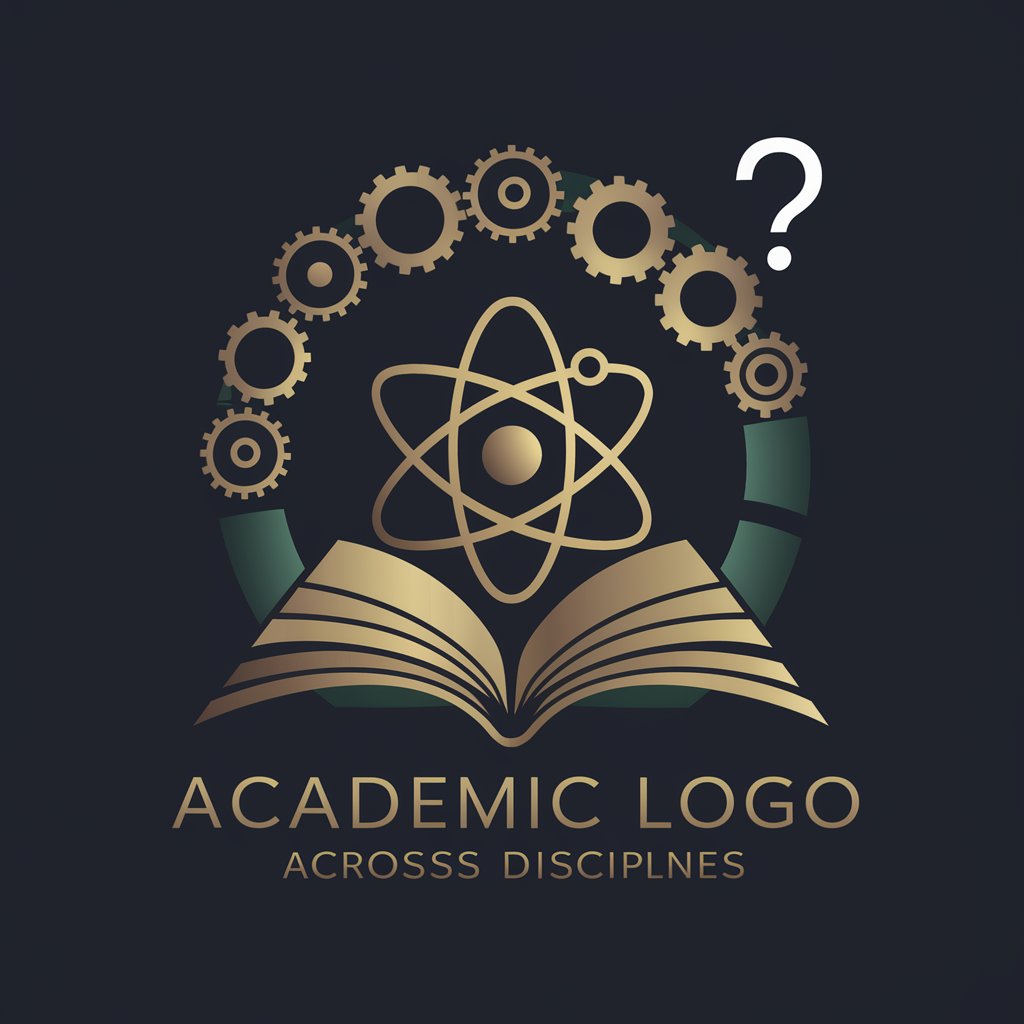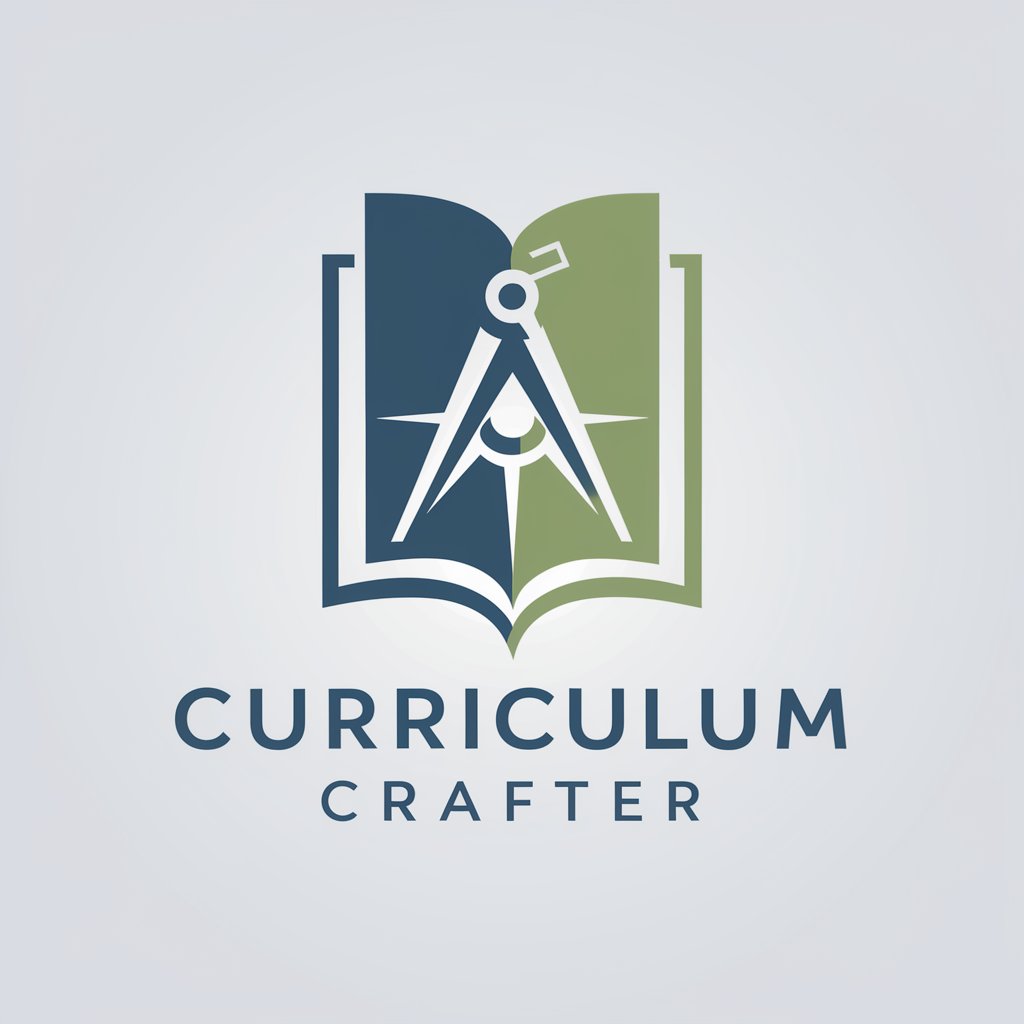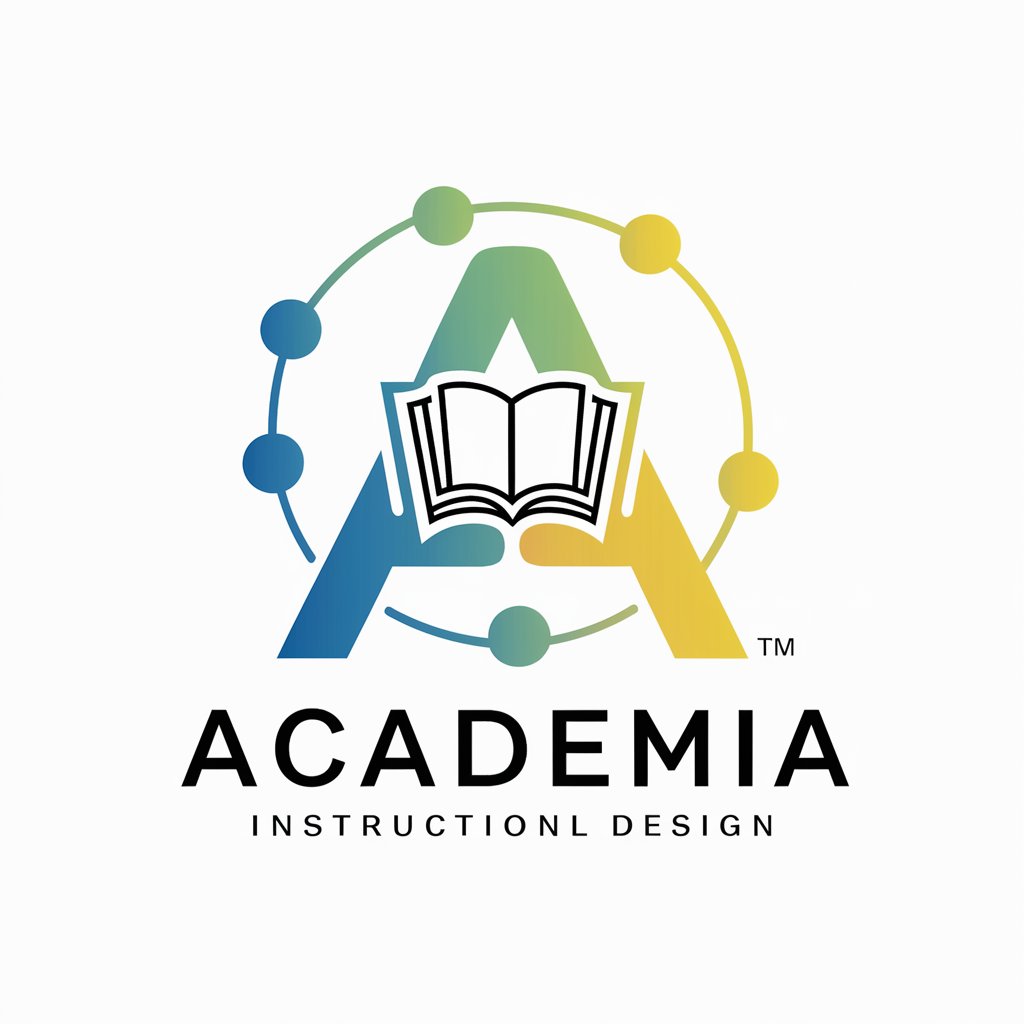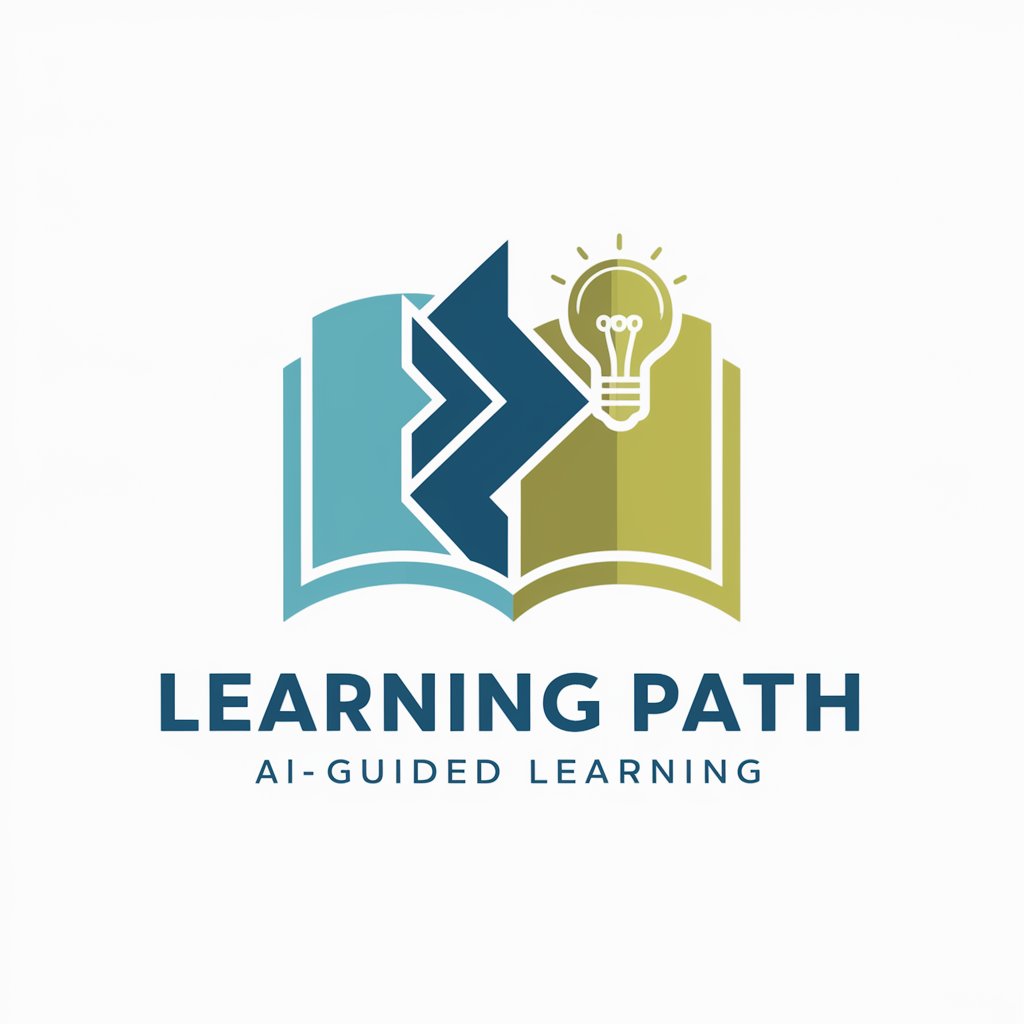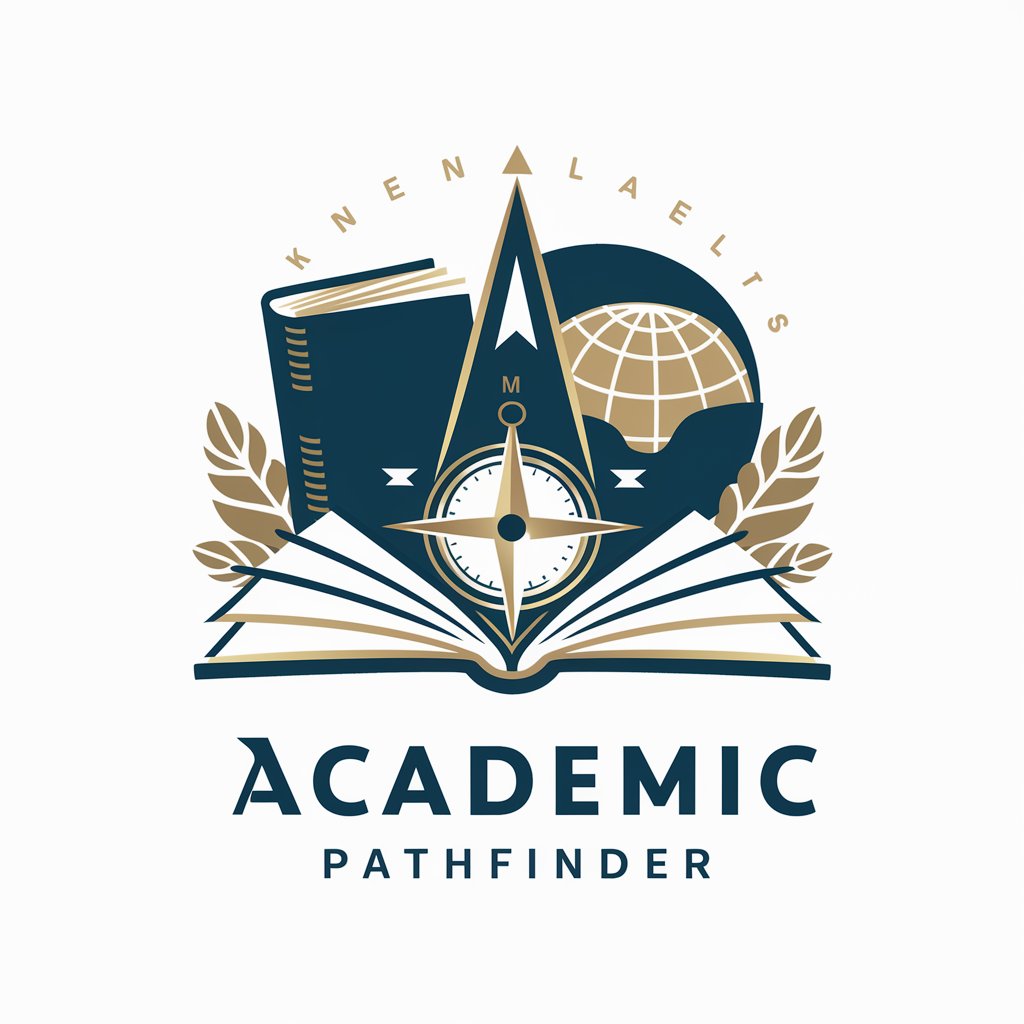
Academic Program Lifecycle - Educational Program Enhancement
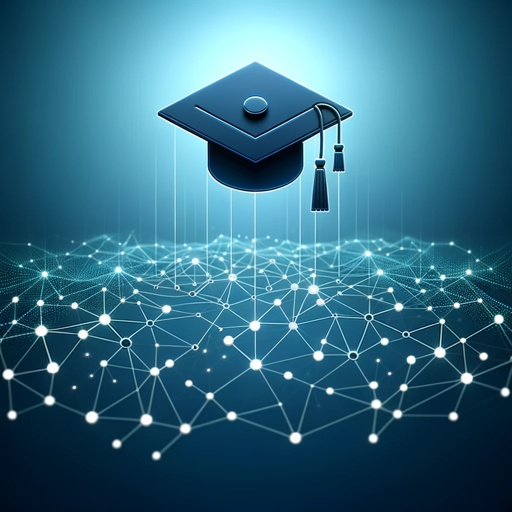
Hello! Ready to explore the academic program lifecycle?
Elevate learning with AI-driven insights
How do I assess the viability of a new program?
What are key performance indicators in program development?
Can you help me with the annual program report?
What factors lead to program suspension or termination?
Get Embed Code
Introduction to Academic Program Lifecycle
The Academic Program Lifecycle is designed as a comprehensive system to assist educational organizations in developing, monitoring, evaluating, and continuously improving their programs. It covers various stages including program viability, development, performance indicators, annual reviews, and quality assurance. The lifecycle approach empowers educators, administrators, and institutional leaders with structured methodologies and practical tools to ensure program success and alignment with stakeholder needs. Powered by ChatGPT-4o。

Main Functions of Academic Program Lifecycle
Program Development
Example
Identifying market needs, conducting thorough research, and engaging stakeholders in the development process.
Scenario
A university uses the lifecycle approach to develop a new program in cybersecurity, ensuring it meets current industry demands and student interests.
Performance Monitoring
Example
Tracking Key Performance Indicators (KPIs) and conducting annual program reviews.
Scenario
An educational institution monitors its nursing program's graduation rates and employer satisfaction to gauge its effectiveness and areas for improvement.
Quality Assurance
Example
Conducting root cause analysis for programs facing challenges and implementing continuous improvement strategies.
Scenario
A college identifies low student satisfaction in its engineering program and revises its curriculum and teaching methods to enhance learning outcomes.
Ideal Users of Academic Program Lifecycle Services
Educators and Administrators
Individuals involved in program planning, execution, and evaluation will benefit from the structured approach to program lifecycle management, ensuring educational offerings are relevant and high-quality.
Institutional Leaders
Leaders seeking to align academic programs with strategic objectives and market demands can use the lifecycle framework to guide decision-making and resource allocation.

Guidelines for Using Academic Program Lifecycle
Begin with a Free Trial
Start by accessing yeschat.ai for an initial experience at no cost and without the need to sign up for ChatGPT Plus, ensuring easy entry.
Explore the Features
Familiarize yourself with its functionalities, focusing on areas that align with your educational program development needs, such as viability analysis, KPI tracking, and quality assurance.
Engage with Interactive Scenarios
Utilize the tool's interactive scenario simulations to apply theoretical knowledge in practical situations, enhancing learning and application skills.
Incorporate Feedback
Leverage the feedback mechanism to refine your strategies and approaches, contributing to continuous improvement in your educational programs.
Collaborate and Share
Use the tool to facilitate collaboration with peers and experts, sharing insights and strategies for a comprehensive understanding and improvement of academic programs.
Try other advanced and practical GPTs
Greeting Card GPT
Craft Unique Cards with AI Magic

MorpheusGPT
Awaken to reality with AI-powered insight
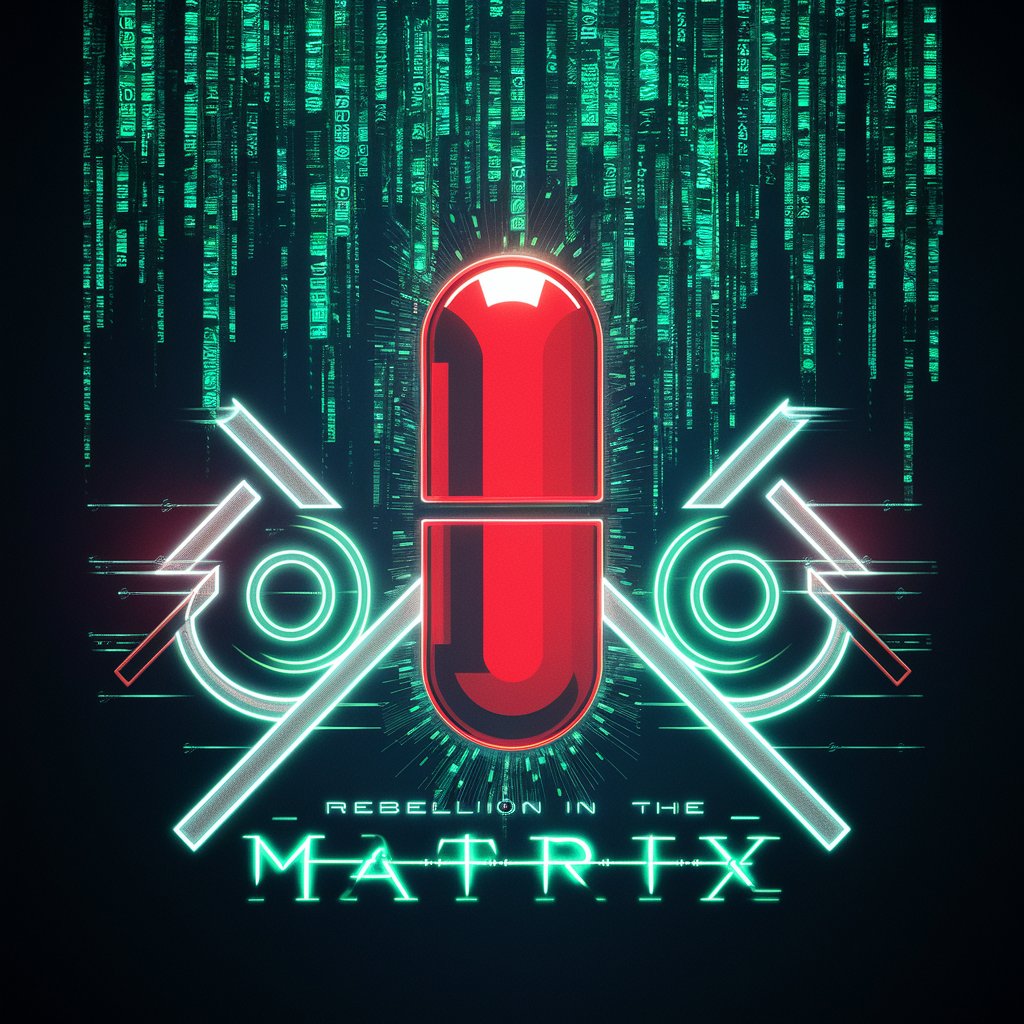
The Amazing Assistant Builder
Empower your platform with AI-driven interactions.
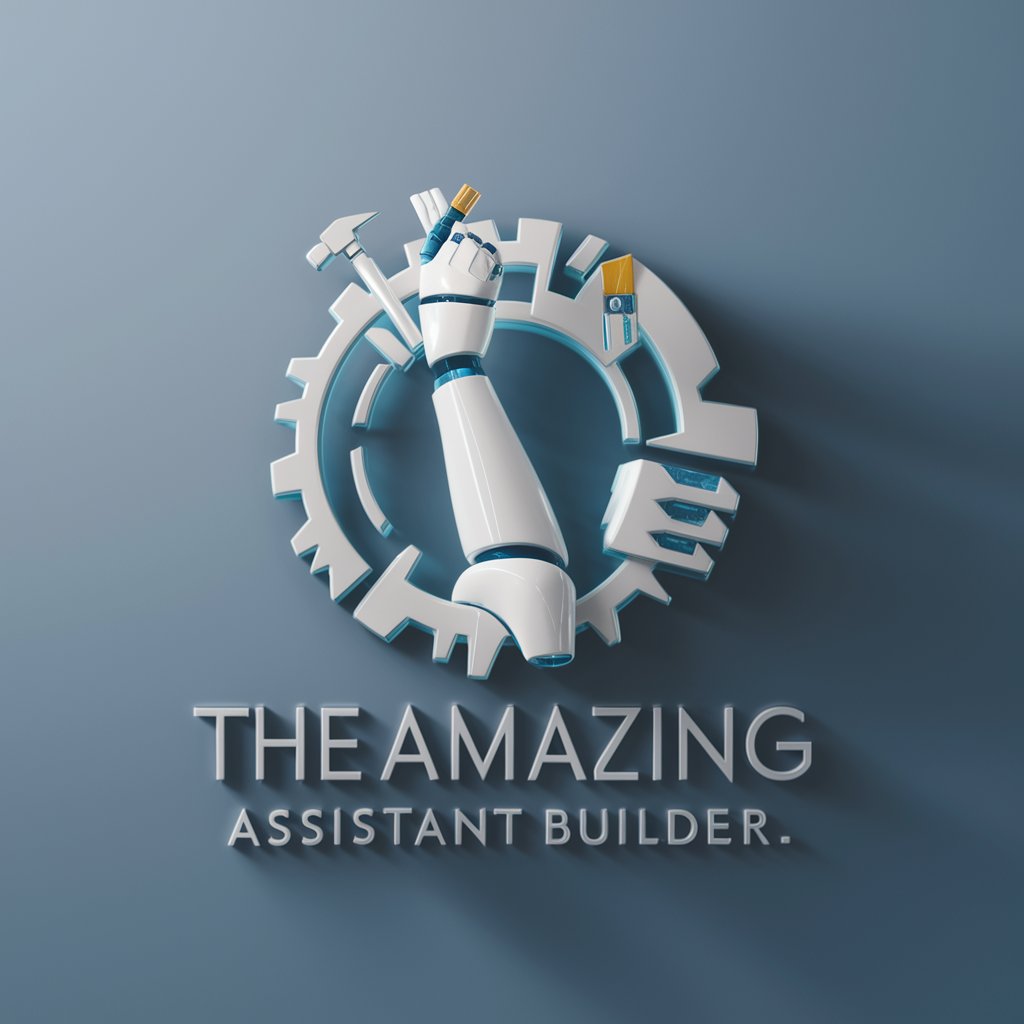
Scenario Builder
Craft Realistic Learning Experiences with AI
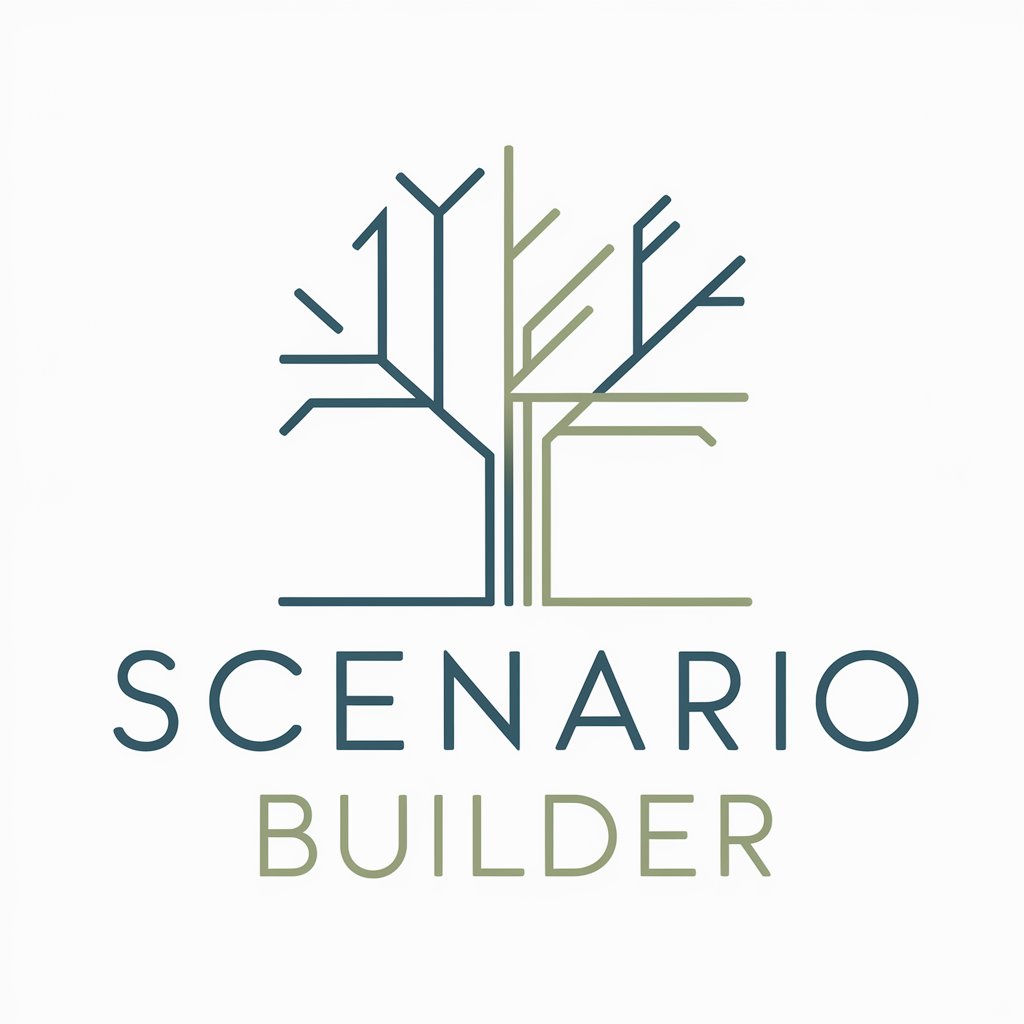
Vibe Canvas
Crafting Your Music's Visual Soul
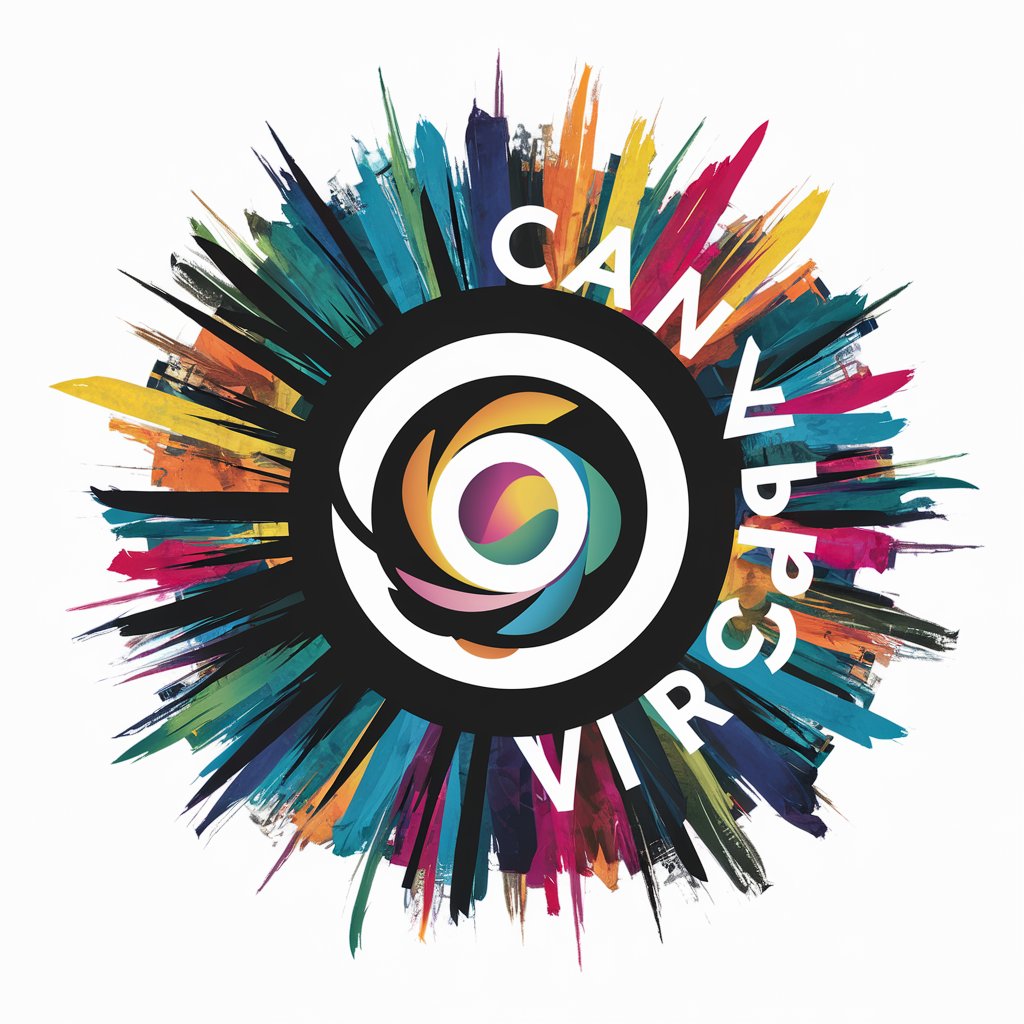
Founder's Money Insights
Empowering financial decisions with AI

Movie Mate
AI-powered Personal Movie Guide

WhereToEat
Your AI-powered culinary compass.

StableDiffusionGPT
Craft Images with AI Precision
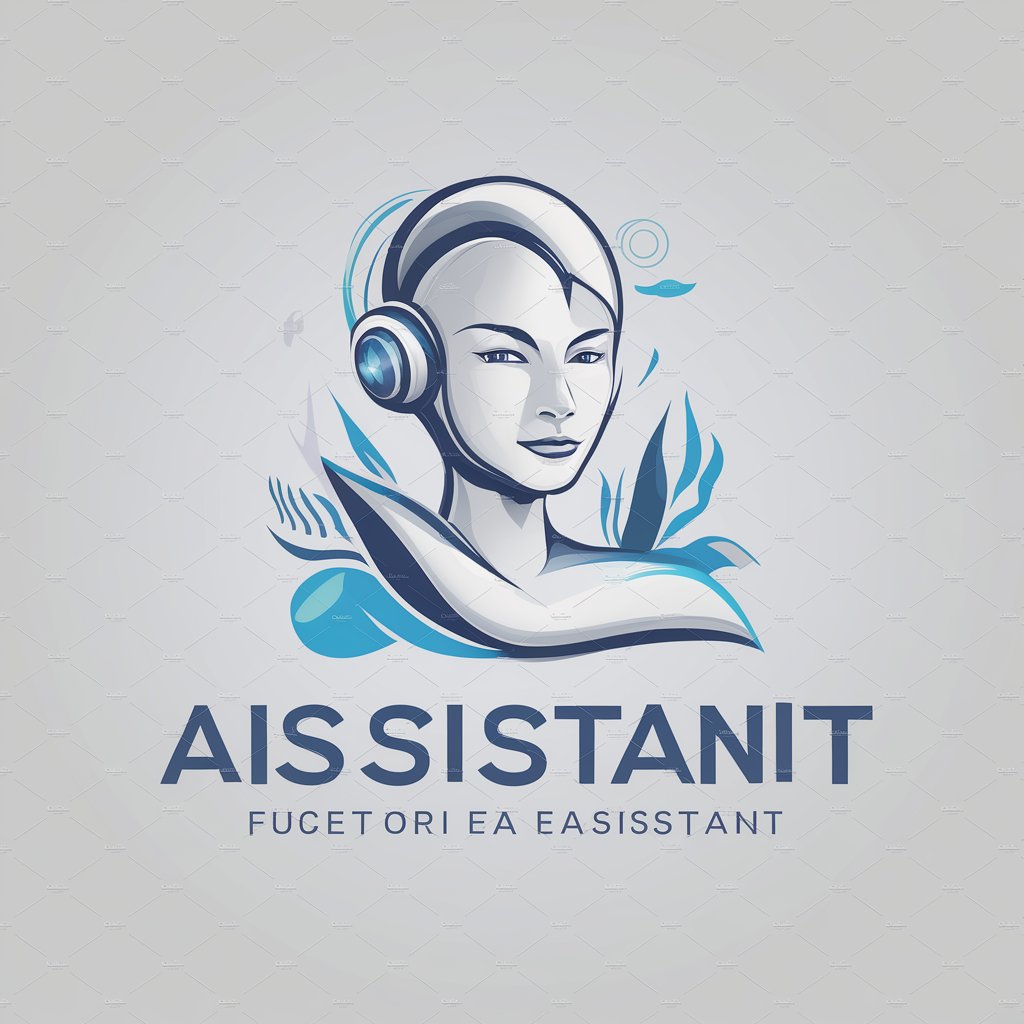
Task Management Agent
Elevate productivity with AI-driven task management.

優秀な部下たち
Empowering Decisions with AI Insight
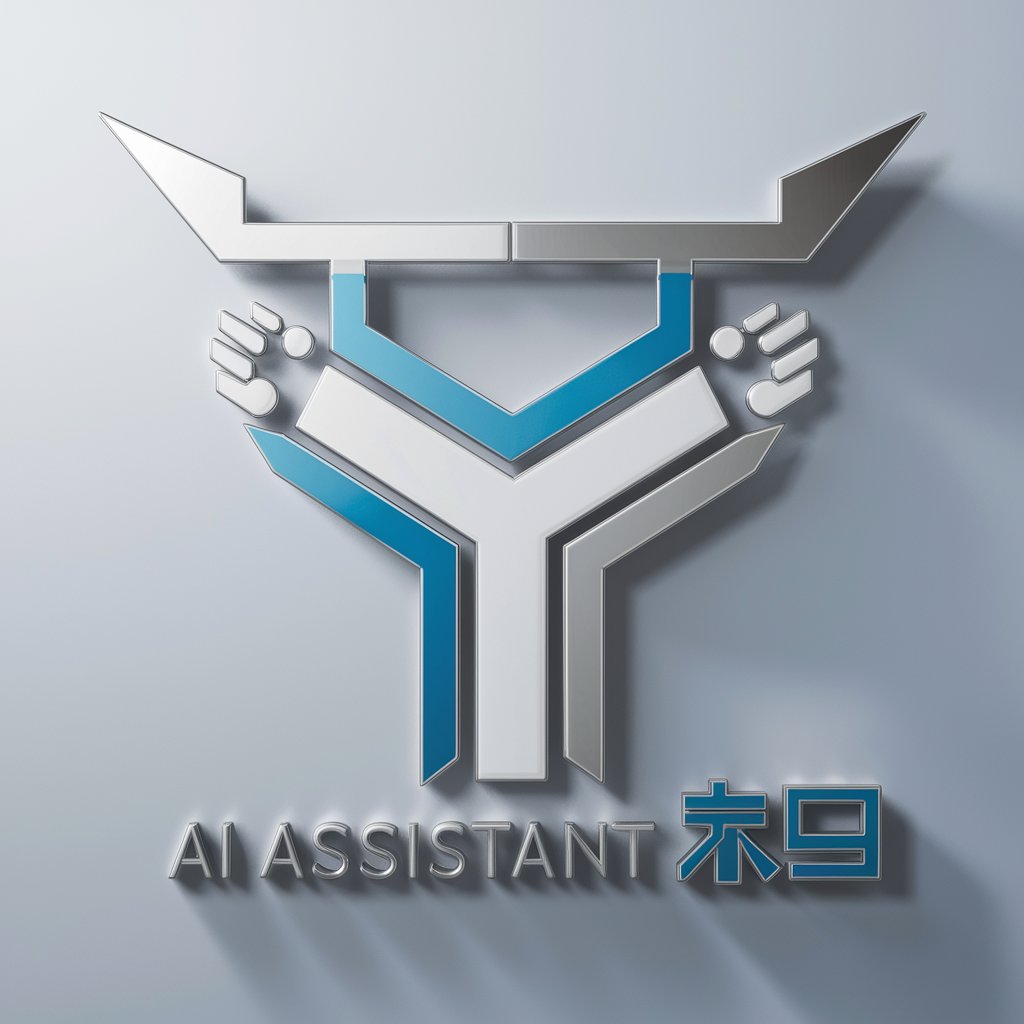
Regex Helper
Crafting Perfect Patterns with AI
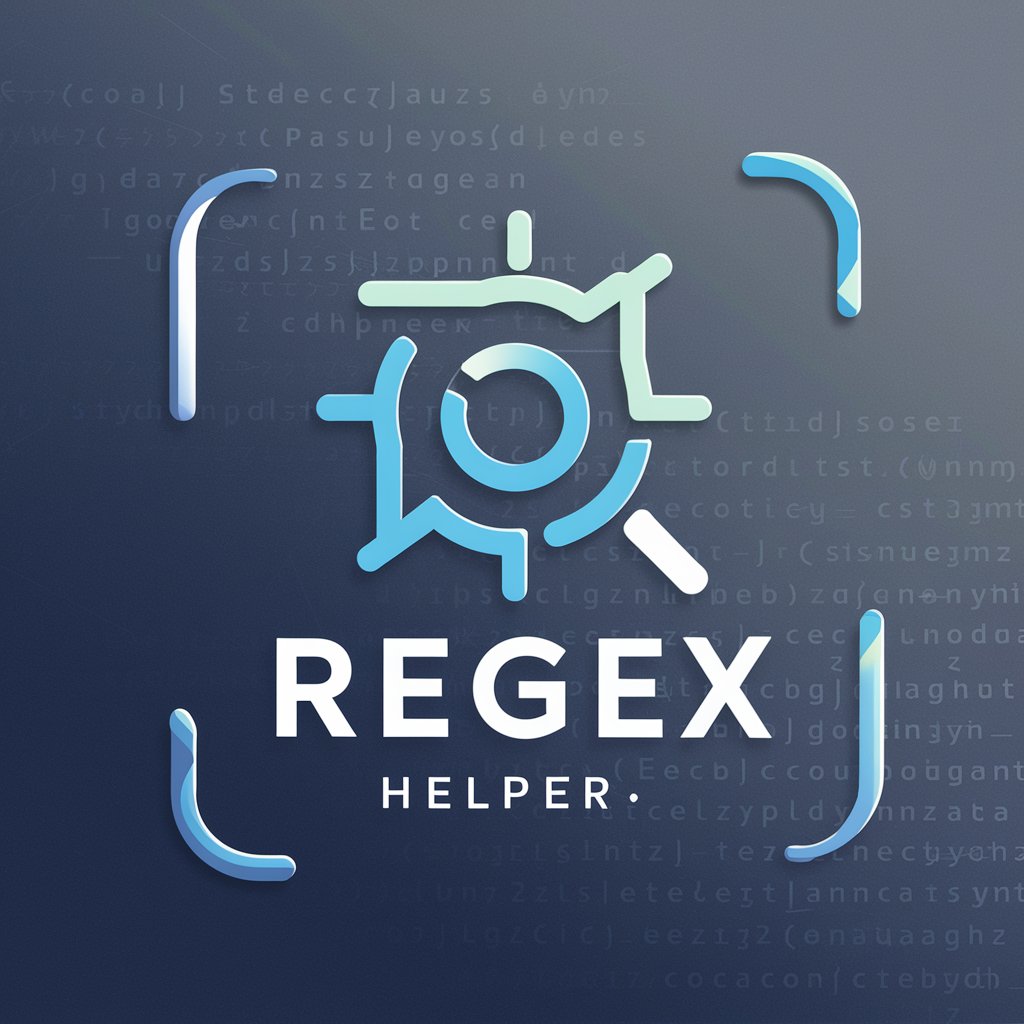
Academic Program Lifecycle Q&A
What is Academic Program Lifecycle?
It's a comprehensive tool designed to aid educational institutions in developing, monitoring, evaluating, and improving their academic programs, ensuring alignment with industry needs and enhancing program quality.
How can it improve program development?
By offering structured approaches and real-time data insights, it aids in identifying market demands, setting viable goals, tracking performance through KPIs, and implementing quality assurance practices.
Can it help in identifying new program opportunities?
Yes, through systematic market analysis and viability assessments, it helps in identifying gaps and opportunities for new programs, ensuring they meet current and future educational needs.
How does it assist in program evaluation?
It utilizes key performance indicators (KPIs) for ongoing program evaluation, enabling institutions to make data-driven decisions for continuous program enhancement.
What makes it unique for academic program management?
Its integration of the latest trends, real-time data, collaborative tools, and feedback mechanisms, all tailored to the educational sector's needs, makes it uniquely effective for academic program lifecycle management.
